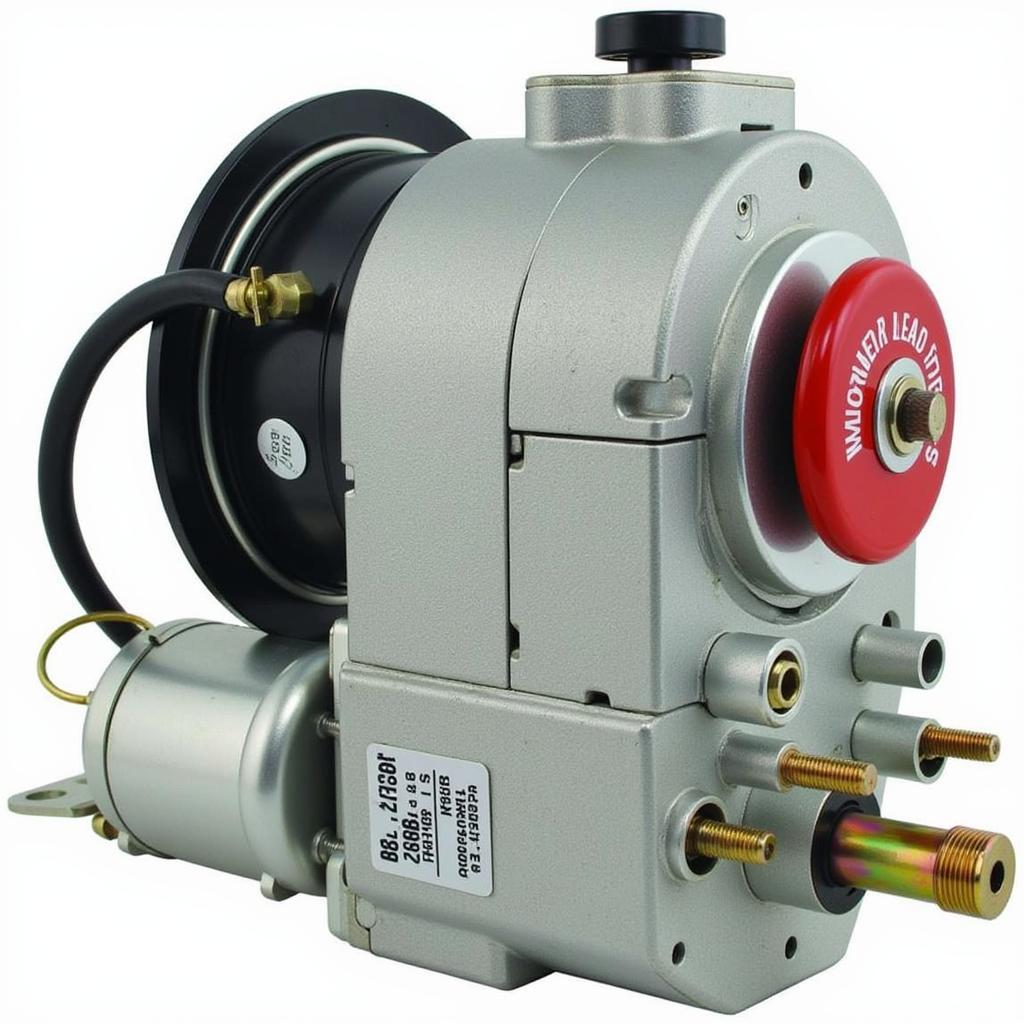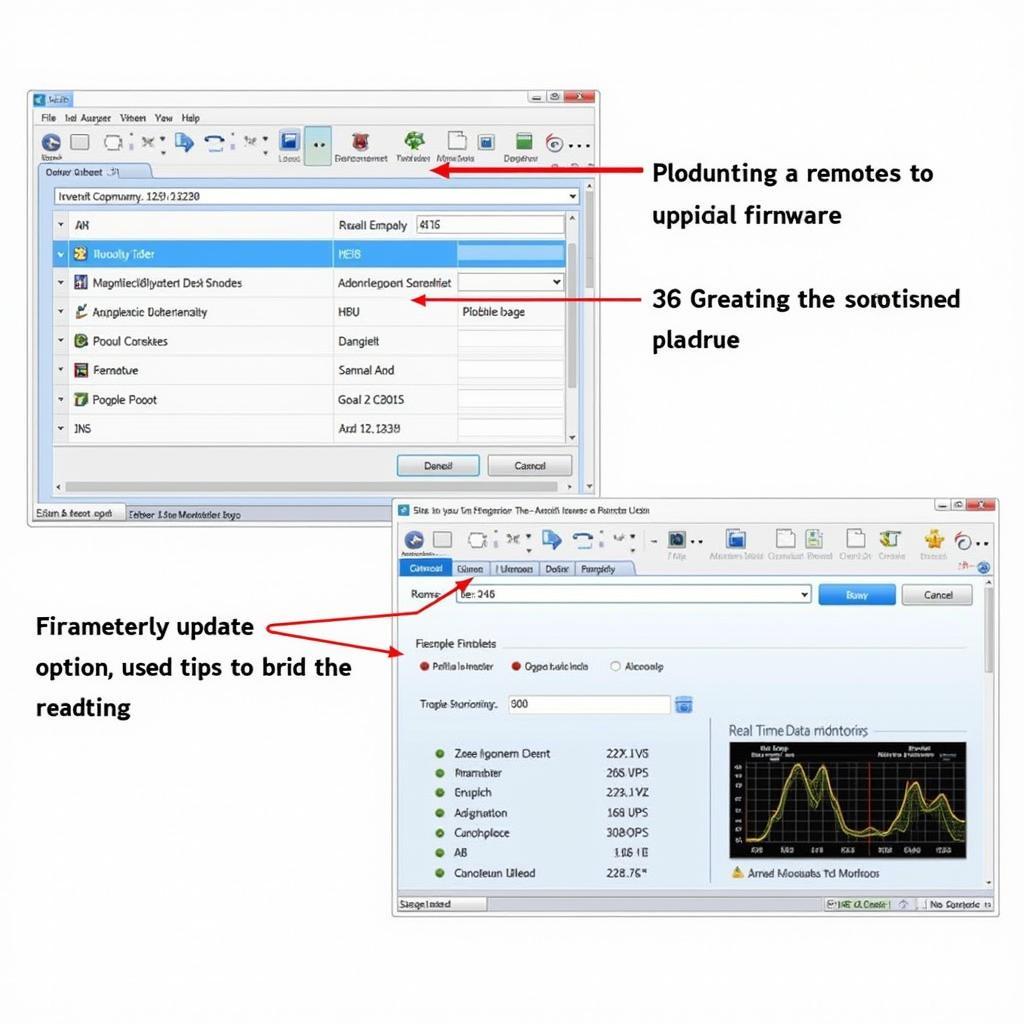The Warner Electric Brake & Clutch PB-1225 is a heavy-duty electromagnetic power unit designed for demanding applications. Like any complex equipment, it can encounter issues over time. Whether you’re experiencing performance problems or complete unit failure, this guide will walk you through the steps to diagnose and potentially resolve issues with your PB-1225 unit remotely.
 Warner Electric Brake & Clutch PB-1225 Unit
Warner Electric Brake & Clutch PB-1225 Unit
Understanding the PB-1225 System
Before diving into troubleshooting, it’s crucial to understand the PB-1225’s role within a larger system. This unit typically functions as a power source for electromagnetic clutches and brakes in various machinery, including:
- Industrial equipment
- Off-highway vehicles
- Construction machinery
The PB-1225 receives signals from a control system and regulates electrical current flow to the clutch or brake. Any fault within the unit or its connected components can lead to operational issues.
Remote Diagnostics for the PB-1225
Remote diagnostics leverage technology to identify issues without physically accessing the unit. Here’s how it works:
- Data Acquisition: A technician accesses the machine’s control system remotely, often through a secure internet connection.
- Parameter Analysis: The technician reviews operational parameters such as voltage, current, and error codes reported by the PB-1225.
- Performance Logging: Real-time data logging during operation allows the technician to observe the unit’s behavior under different load conditions.
Common Issues and Solutions
While remote diagnostics can pinpoint the problem area, some common issues with the PB-1225 can potentially be addressed remotely:
1. No Power to the Unit
- Check Power Supply: Ensure the unit receives the correct voltage. This often involves verifying connections and examining fuses.
- Inspect Wiring and Connections: Look for any loose or damaged wiring between the power source and the PB-1225.
2. Unit Overheating
- Verify Cooling System: The PB-1225 may have a fan or require external cooling. Ensure these systems function properly and aren’t obstructed.
- Adjust Duty Cycle: Continuous operation at high loads can lead to overheating. If possible, adjust the duty cycle or provide cooling periods.
3. Inconsistent Clutch/Brake Engagement
- Check Air Gap: An incorrect air gap between the clutch or brake components can cause engagement problems. This often requires physical adjustment.
- Inspect Coil Resistance: Use a multimeter to measure the coil resistance. Values outside the specified range indicate a potential coil failure.
“Always consult the unit’s technical documentation for specific resistance values and adjustment procedures,” advises John Miller, a senior electrical engineer specializing in industrial automation. “Incorrect settings can further damage the unit.”
Remote Programming and Software Updates
In some cases, software-related issues might affect the PB-1225 performance. Remote programming allows technicians to:
- Update Firmware: Manufacturers release firmware updates to address bugs, improve compatibility, or add new features.
- Adjust Parameters: Fine-tune operational parameters like current limits or response times to optimize performance for specific applications.
 Remote Programming Interface
Remote Programming Interface
Conclusion
Remote diagnostics, programming, and software updates offer powerful tools for addressing issues with the Warner Electric Brake & Clutch PB-1225 heavy-duty unit. By leveraging these technologies, technicians can diagnose problems, provide guidance, and potentially resolve issues without being physically present, minimizing downtime and maximizing efficiency.
“Remote access has revolutionized how we service industrial equipment,” says Miller. “We can now quickly diagnose and address problems, saving time and money for our clients.”
Remember, safety is paramount when working with electrical equipment. While this guide provides general information, always consult the specific manufacturer’s documentation and seek assistance from qualified technicians for complex issues or before attempting any repairs yourself.
